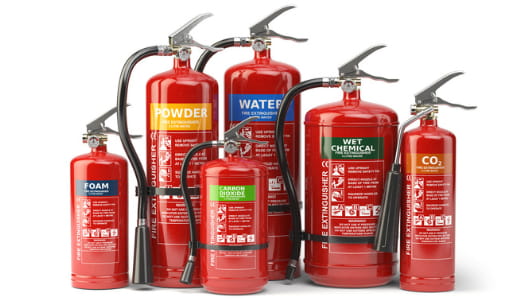Firefighting equipment is essential for any factory or manufacturing unit to ensure the safety of workers and to minimize damage in the event of a fire. There are a number of different types of firefighting equipment that can be used in these settings, and it is important to choose the right equipment to effectively combat fires and protect workers.
Choosing the Right Fire Fighting Equipment
One type of firefighting equipment that is commonly used in factories and manufacturing units is a sprinkler system. Sprinkler systems are designed to automatically detect and extinguish fires by releasing water or other fire suppression agents onto the flames. These systems can be activated by heat detectors or by the activation of a manual pull station. Sprinkler systems are effective at extinguishing fires because they attack the fire from the source, and they can also help to reduce the amount of smoke and toxic gases produced by the fire. Another type of firefighting equipment that is commonly used in these settings is a fire extinguisher. Fire extinguishers are portable devices that are used to extinguish small fires. There are several different types of fire extinguishers available, including water, foam, and dry chemical extinguishers. It is important to choose the right type of fire extinguisher for the specific types of fires that may occur in the factory or manufacturing unit. For example, a water extinguisher should not be used on an electrical fire, as the water can conduct electricity and cause further harm. In addition to sprinkler systems and fire extinguishers, other firefighting equipment that may be necessary in a factory or manufacturing unit includes fire alarms, smoke detectors, and fire hoses. Fire alarms are essential for alerting workers to the presence of a fire, and they should be installed in strategic locations throughout the facility. Smoke detectors are also important for detecting the presence of smoke, which can indicate the presence of a fire. These devices should be installed in every room of the facility, as well as in hallways and other common areas. Fire hoses are another important piece of firefighting equipment that may be necessary in a factory or manufacturing unit. These hoses are connected to a water source, and they can be used to extinguish larger fires or to cool down hot surfaces. Fire hoses should be stored in a location that is easily accessible in the event of a fire, and they should be regularly inspected and maintained to ensure that they are in good working order. It is also important for building owners and operators to establish a fire safety plan for their facility. This plan should include evacuation procedures, as well as a designated assembly area where workers can gather in the event of a fire. Regular drills should be conducted to ensure that workers are familiar with the evacuation procedures and know how to properly use the firefighting equipment. In conclusion, having the correct firefighting equipment in place is essential for any factory or manufacturing unit. By choosing the right equipment and regularly inspecting and maintaining it, building owners and operators can help ensure the safety of their workers and minimize damage in the event of a fire. It is also important to establish a fire safety plan and conduct regular drills to ensure that workers are prepared in the event of a fire emergency.Related Articles

Protein Foam: Your Guide to Effective Fire Suppression
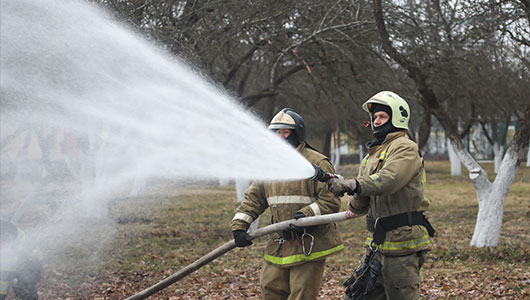
AR-AFFF Foam: Find the Right Formula for Your Needs

AFFF Foam: Your Essential Guide to Fire Safety

Why ECOFOAM is the Future of Environmentally Friendly Firefighting

Foam Concentrates: Sustainable Solutions for Environmentally Conscious Fire Protection
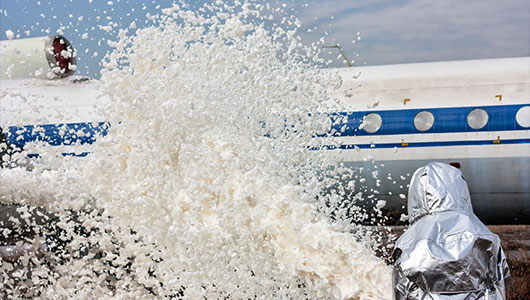
The Right Foam for Every Fire: Synthetic Concentrates for Varied Hazards & Environments

Expansion Foam Concentrate: The Ultimate Solution for Controlling Flammable Liquid Fires
Stop Fire in Its Tracks: Protein Foam's Versatility Across Hazards & Environments

Fluorine-Free Foam (ECOFOAM): Next-Generation Fire Suppression Solutions for Modern Challenges
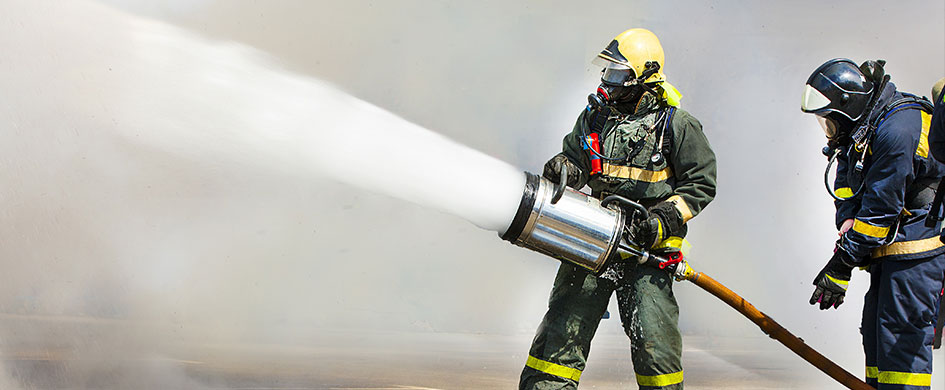
Future of Firefighting is Here: Top Trends in Foam Concentrate Technology Explained

Synthetic Foam Concentrates: The Science Behind Superior Fire Control

Expansion Foam Concentrate: The Game Changer for Fighting Large Fires
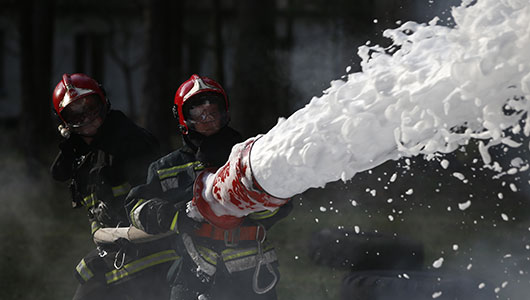
Protein Foam 101: How It Works to Fight Fires
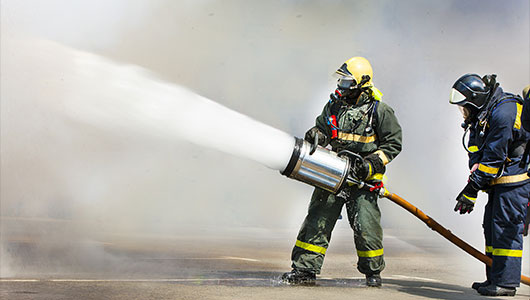
Advantages of Advanced AR-AFFF Foam Technology - Fire Protection Ultimate Guide 2024
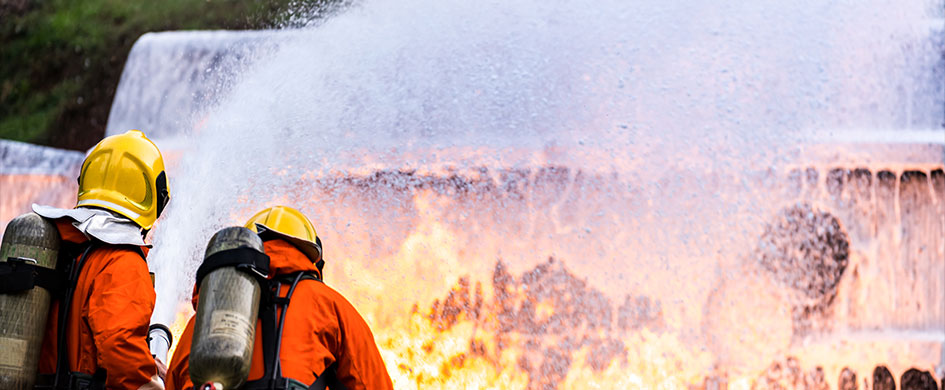
AFFF Fire Suppression: Applications & Benefits for Enhanced Safety
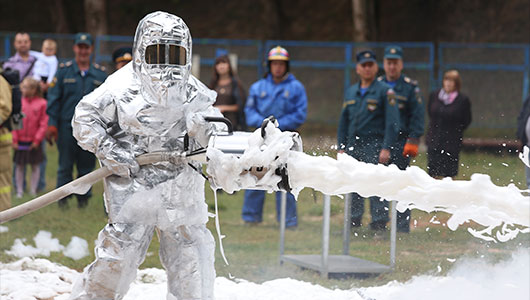
Foam Concentrates vs Traditional Fire Extinguishers: Which is More Effective?

Fight Fires Eco-Friendly: Rise & Future of Fluorine-Free Foam (ECOFOAM)

Synthetic Foam Concentrates: Advancing Fire Suppression with Cutting-Edge Technology

Expand Your Fire Safety Arsenal: Exploring the Versatility of Expansion Foam Concentrate
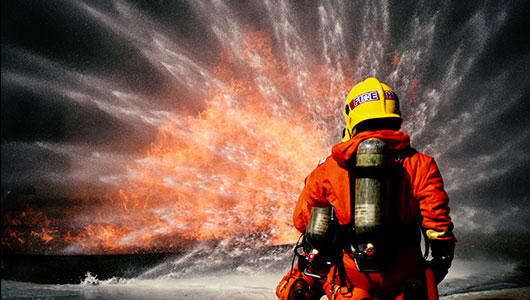
Protein Foam Concentrates: Harnessing Nature's Power for Effective Fire Suppression | Guide 2024
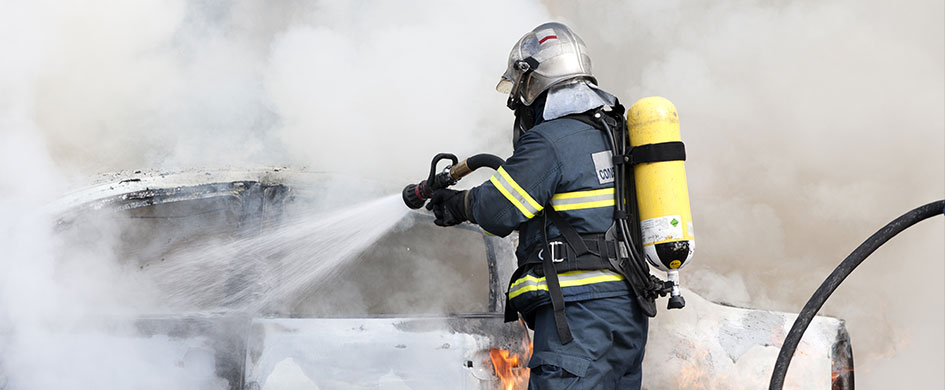
Advanced AR-AFFF Foam: The Cutting-Edge Solution for Superior Fire Suppression Performance
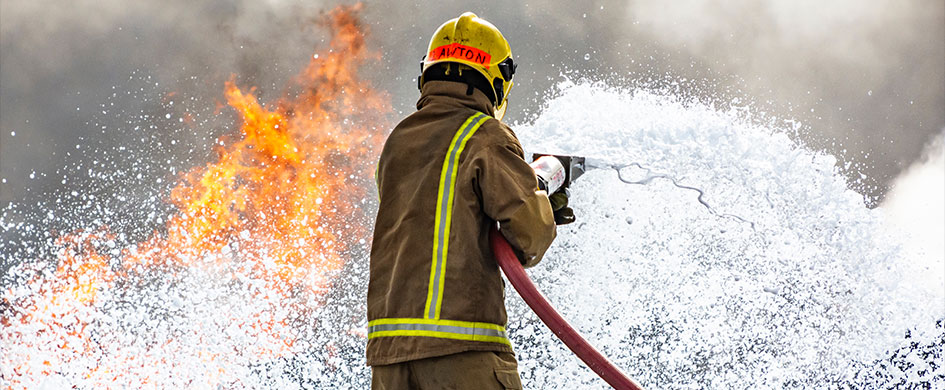
Understanding AFFF Role in Rapid Fire Suppression

The Rise of Eco-Friendly Fire Suppression: Exploring Fluorine Free Foam (ECOFOAM) Solutions

Foam Concentrates: The Ultimate Guide(2024) to Effective Fire Suppression
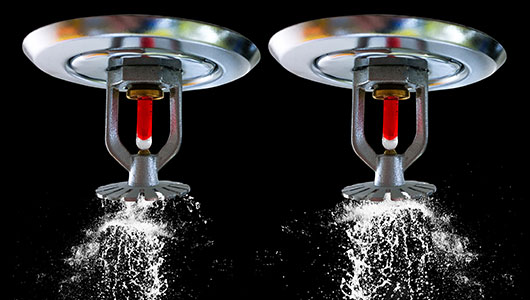
Choosing the Right Fire Sprinkler System for Your Commercial Property
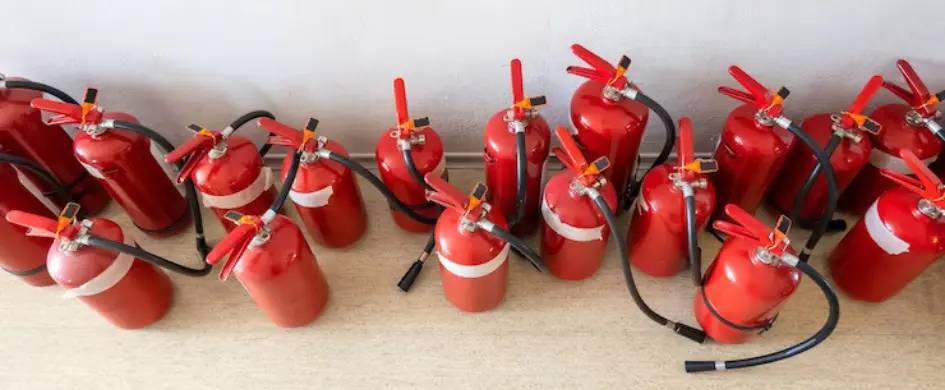
Emergency Evacuation Planning: Steps to Ensure Workplace Safety

The Ultimate Guide to Fire Extinguishers: Types, Uses, and Maintenance
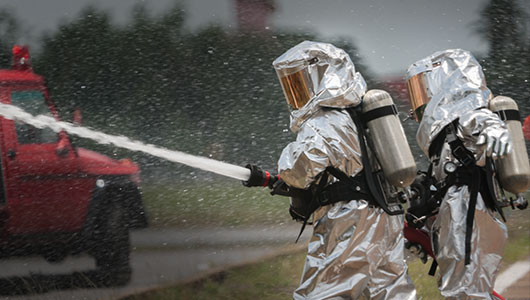
The Role of Personal Protective Equipment (PPE) in Firefighting
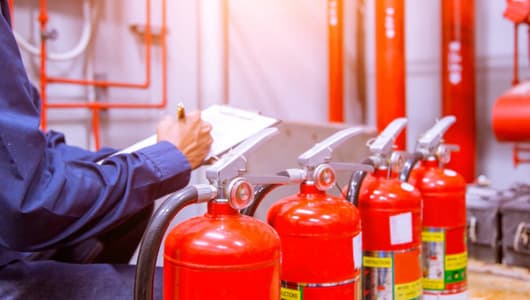
Keeping Your Business Safe: A Comprehensive Guide to Fire Risk Assessments
Protecting Your Electrical Equipment: The Importance of a Fire Suppression System for Electrical Panels
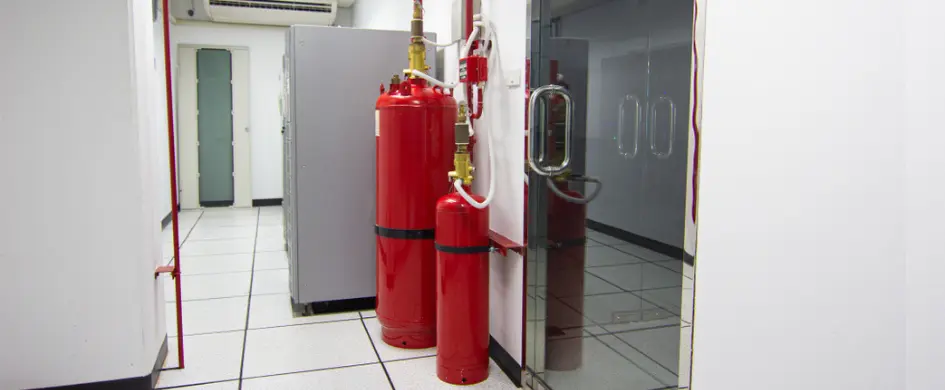
Protect Your Data Center with a Reliable Fire Suppression System

How to choose a water mist fire extinguisher
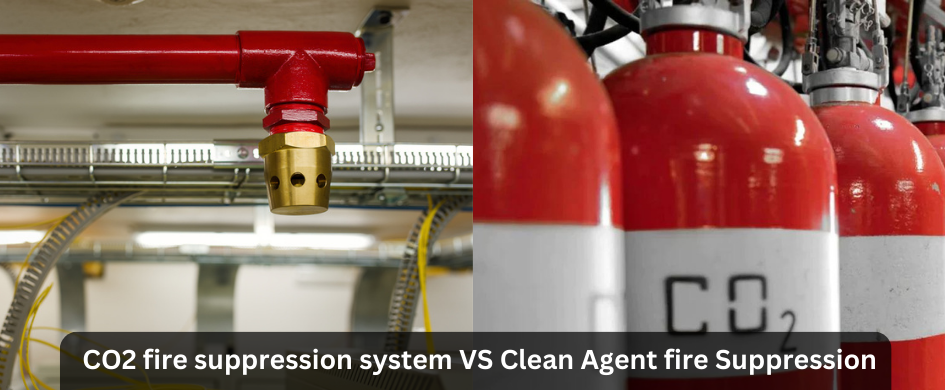
CO2 Fire Suppression System vs Clean Agent fire Suppression
The Top 5 Places Where Fire Suppression Systems are a Must
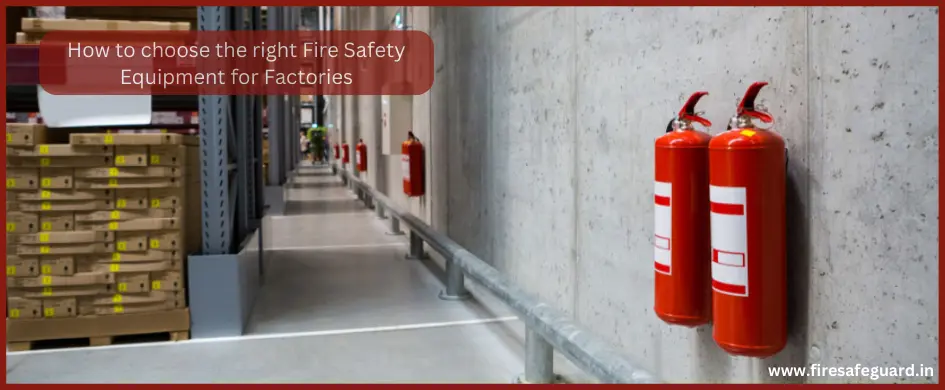
How to Choose the Right Fire Safety Equipment for Factories
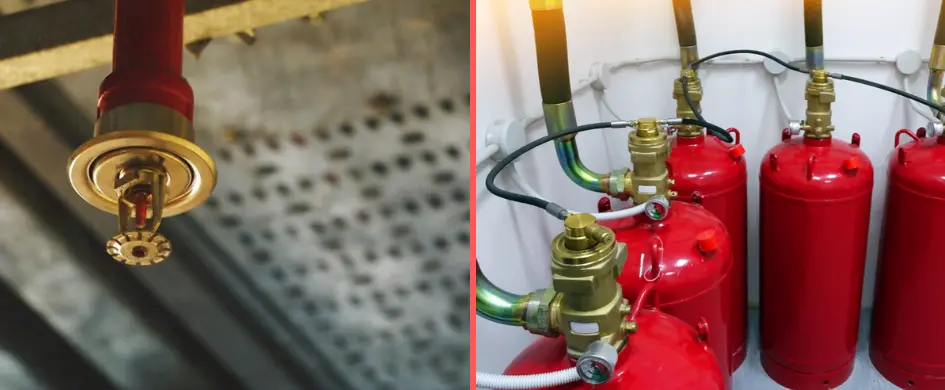
Difference Between Fire Suppression System and Fire Sprinkler
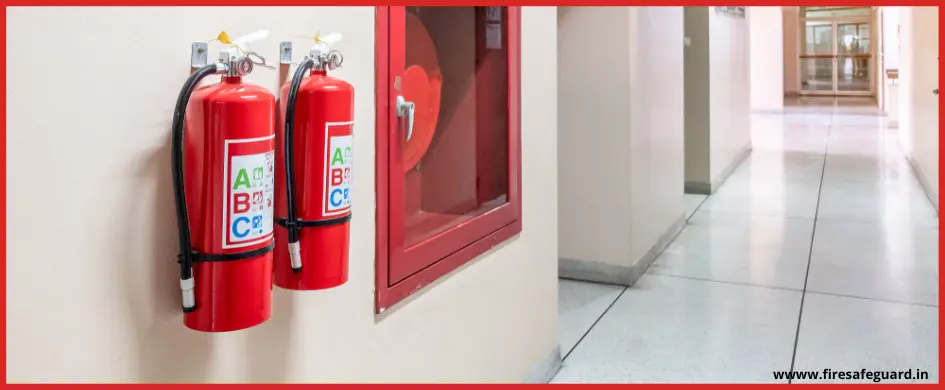
Ultimate Fire Extinguisher Buying Guide for Business owners
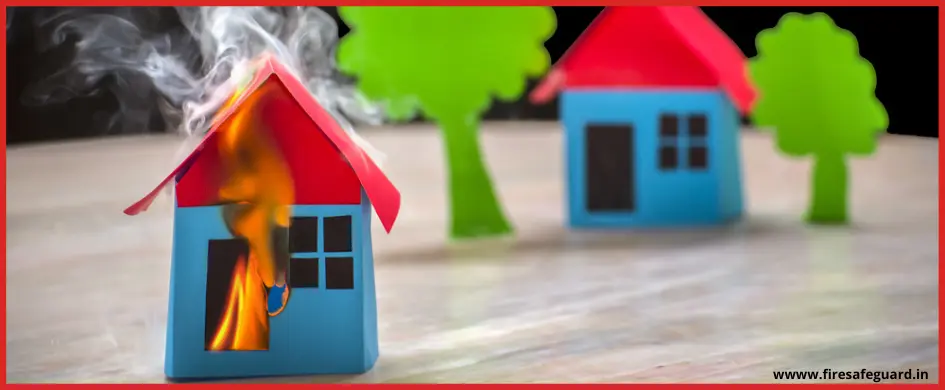
Known and Unknown Facts about Fire Everyone Should Know
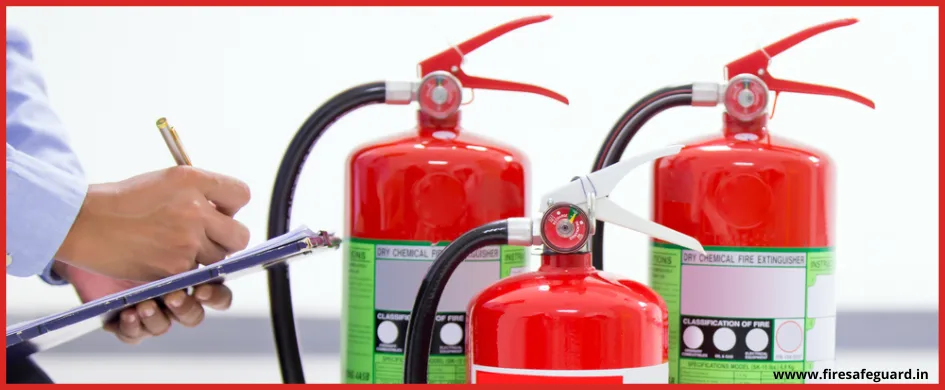
Everything you need to know about Water Type Extinguisher
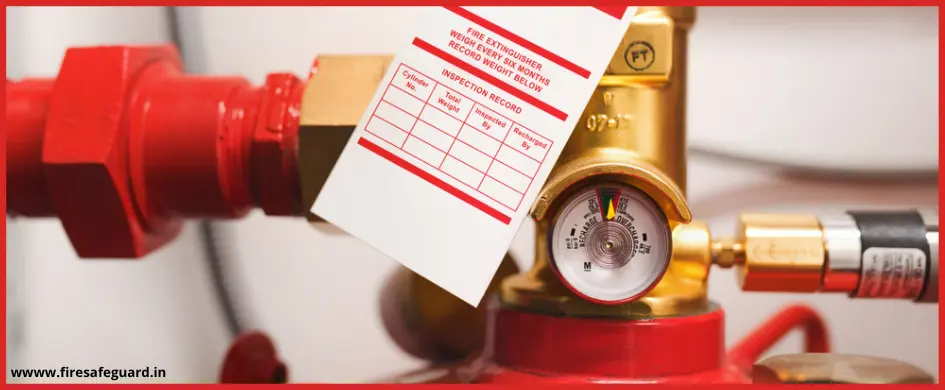
What is a Clean Agent Fire Extinguisher ? Detailed Guide 2024
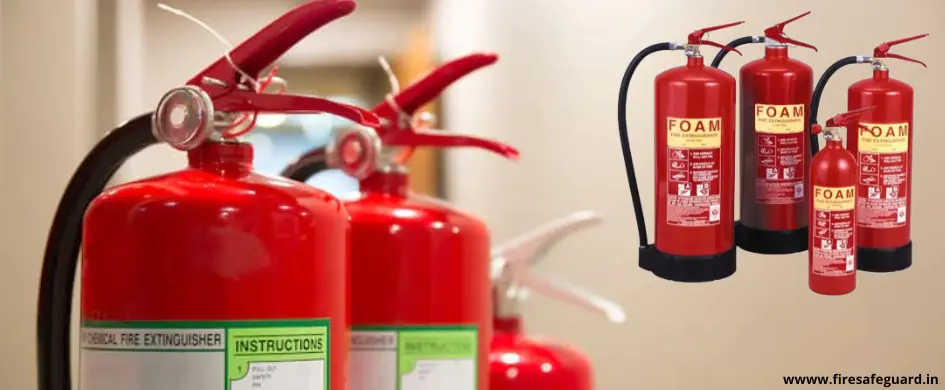
Everything You Need to Know About Foam-Type Fire Extinguishers
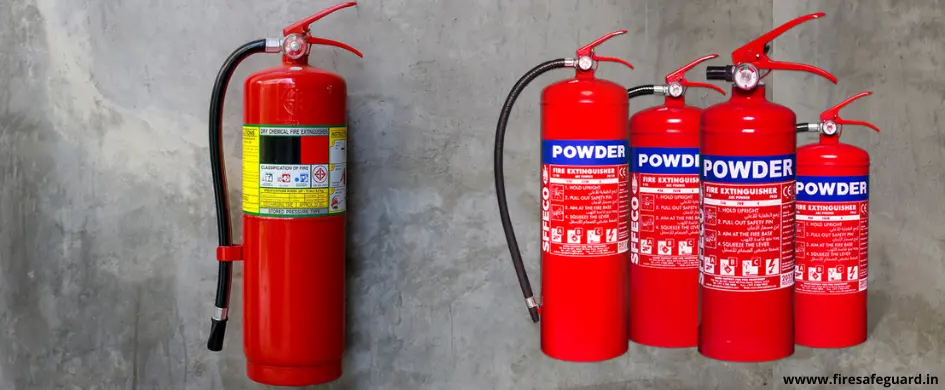
Everything You Need to Know about Dry Chemical Fire Extinguishers - Detailed Guide 2024

Top Fire Extinguisher Manufacturers in India
